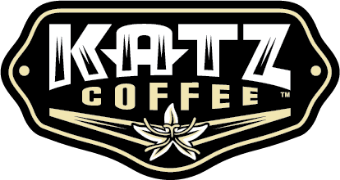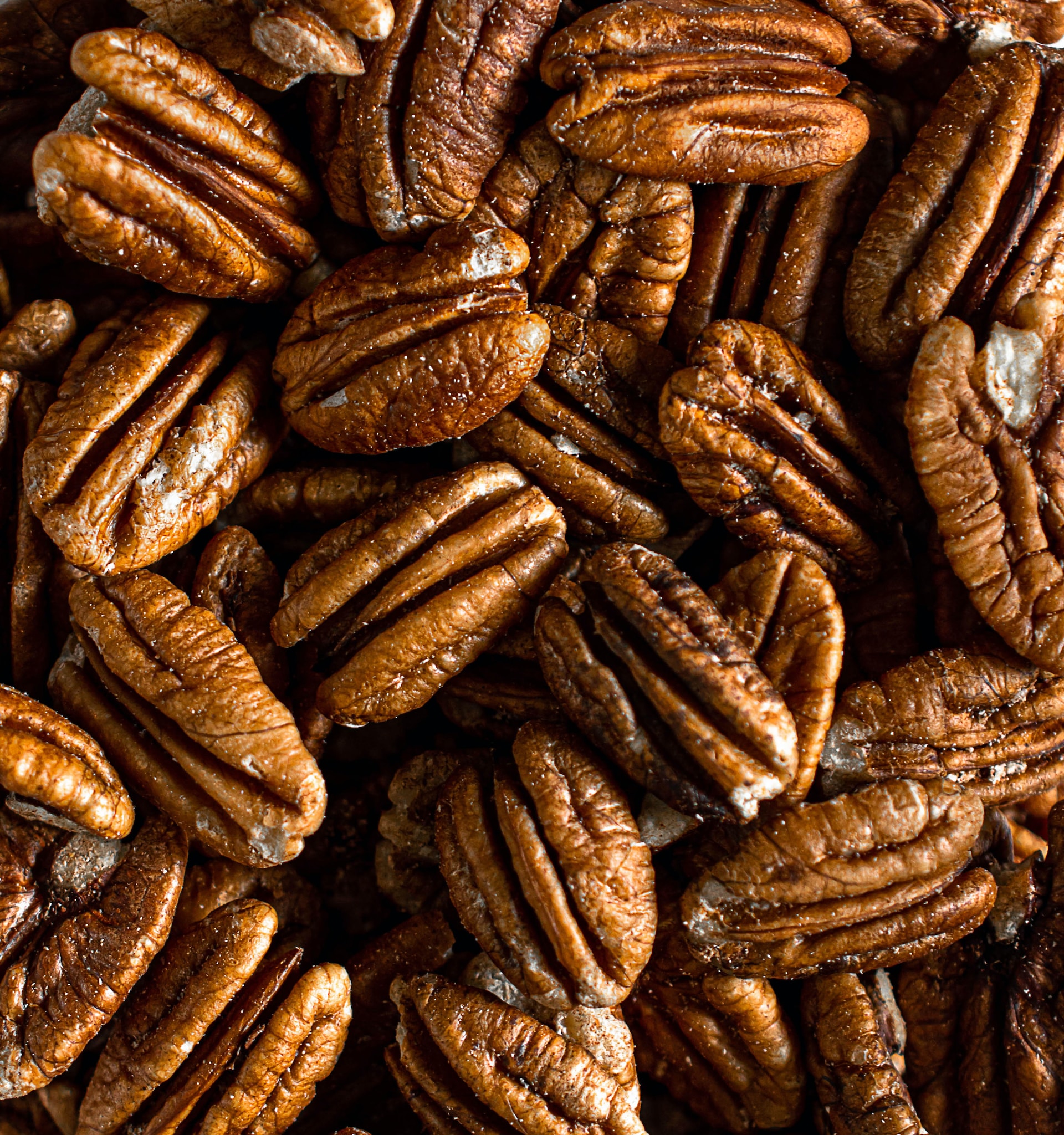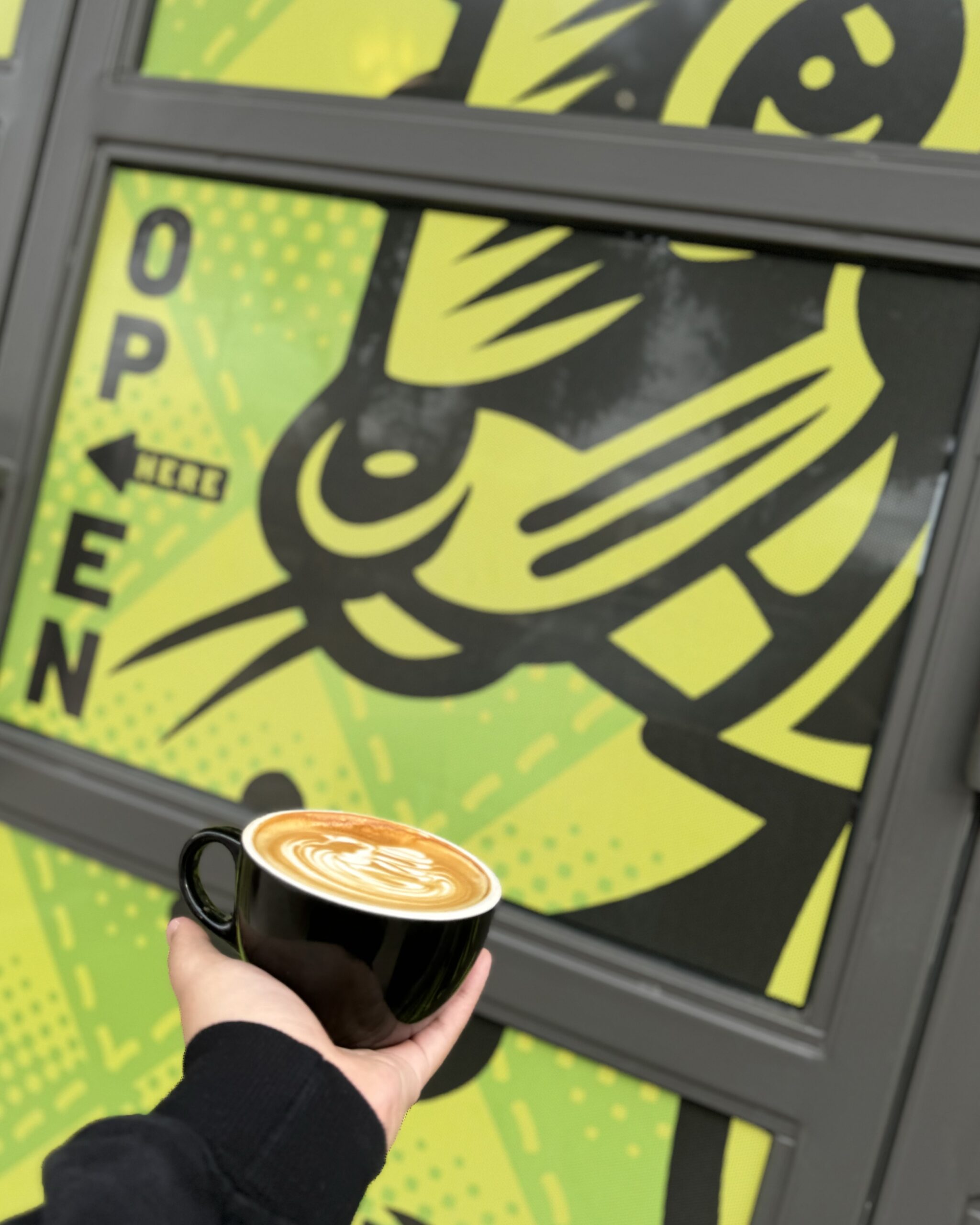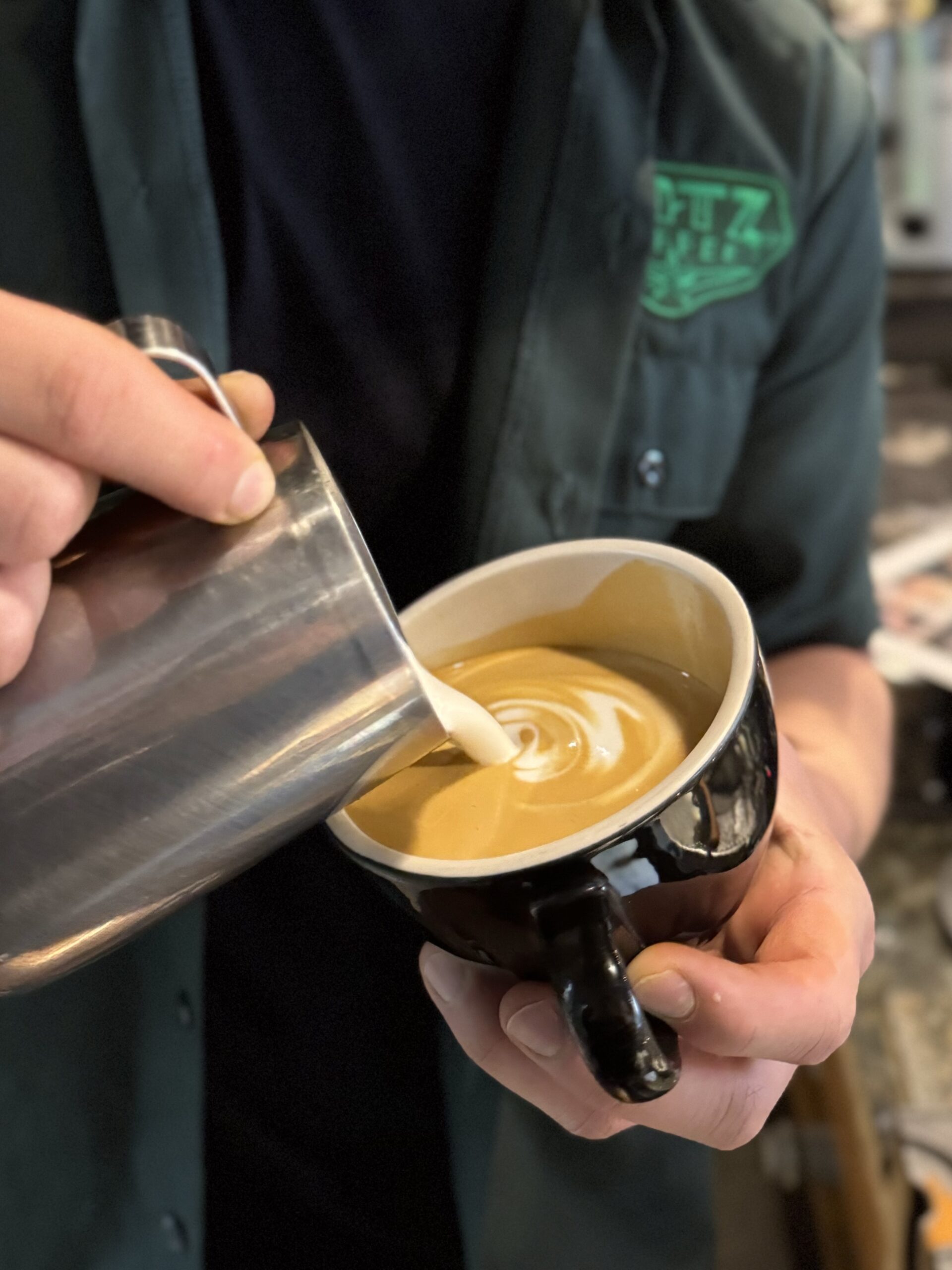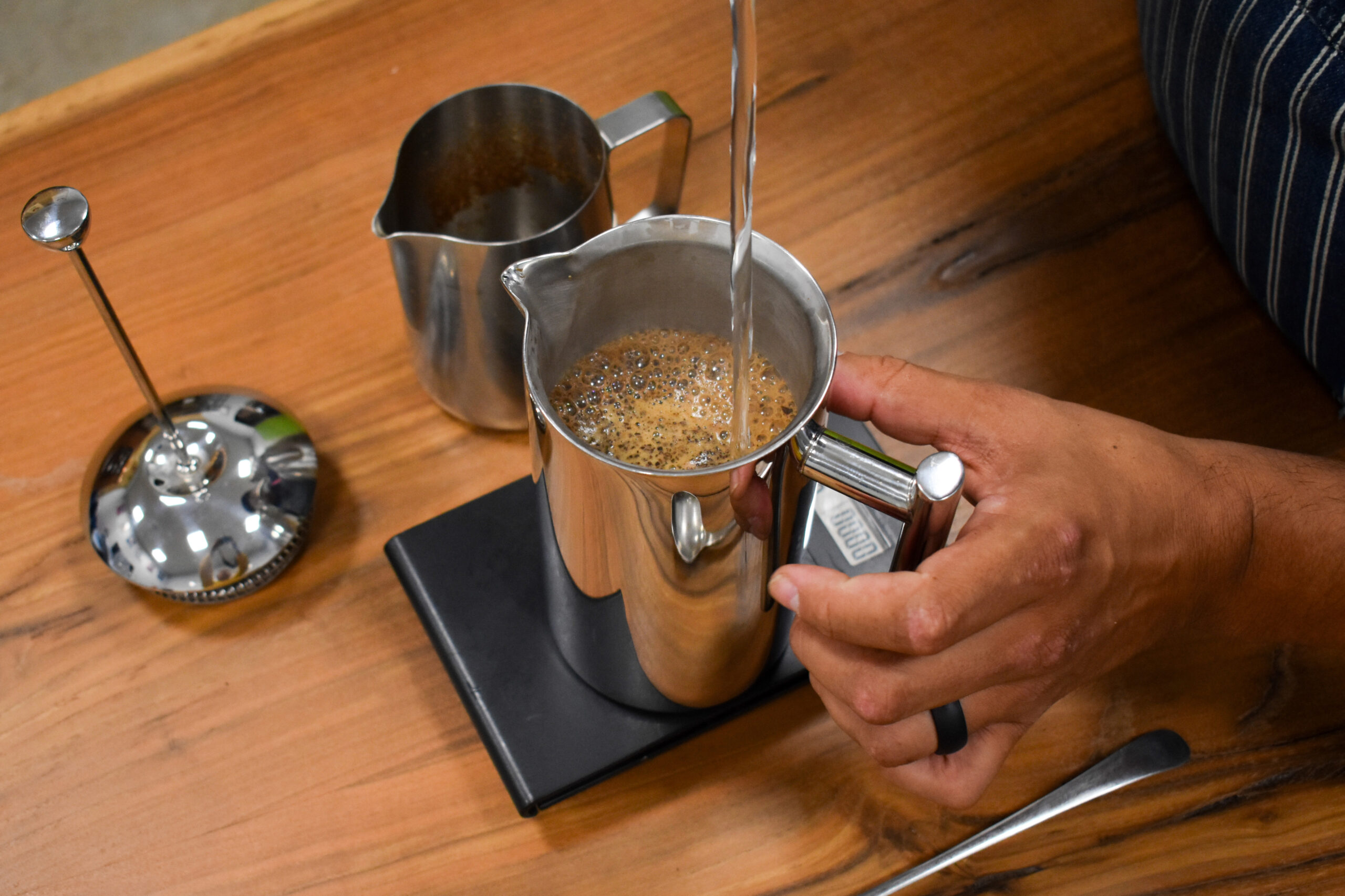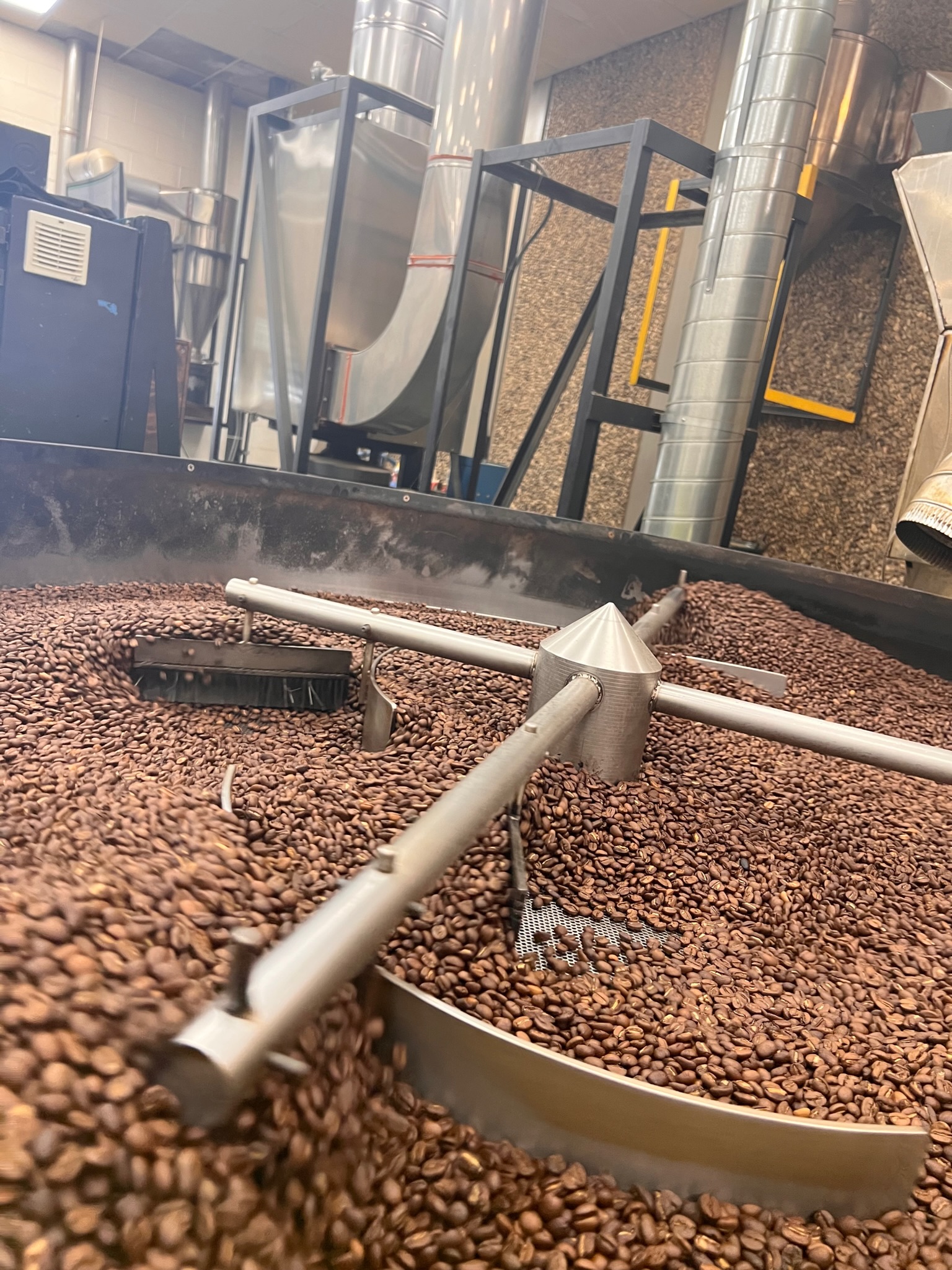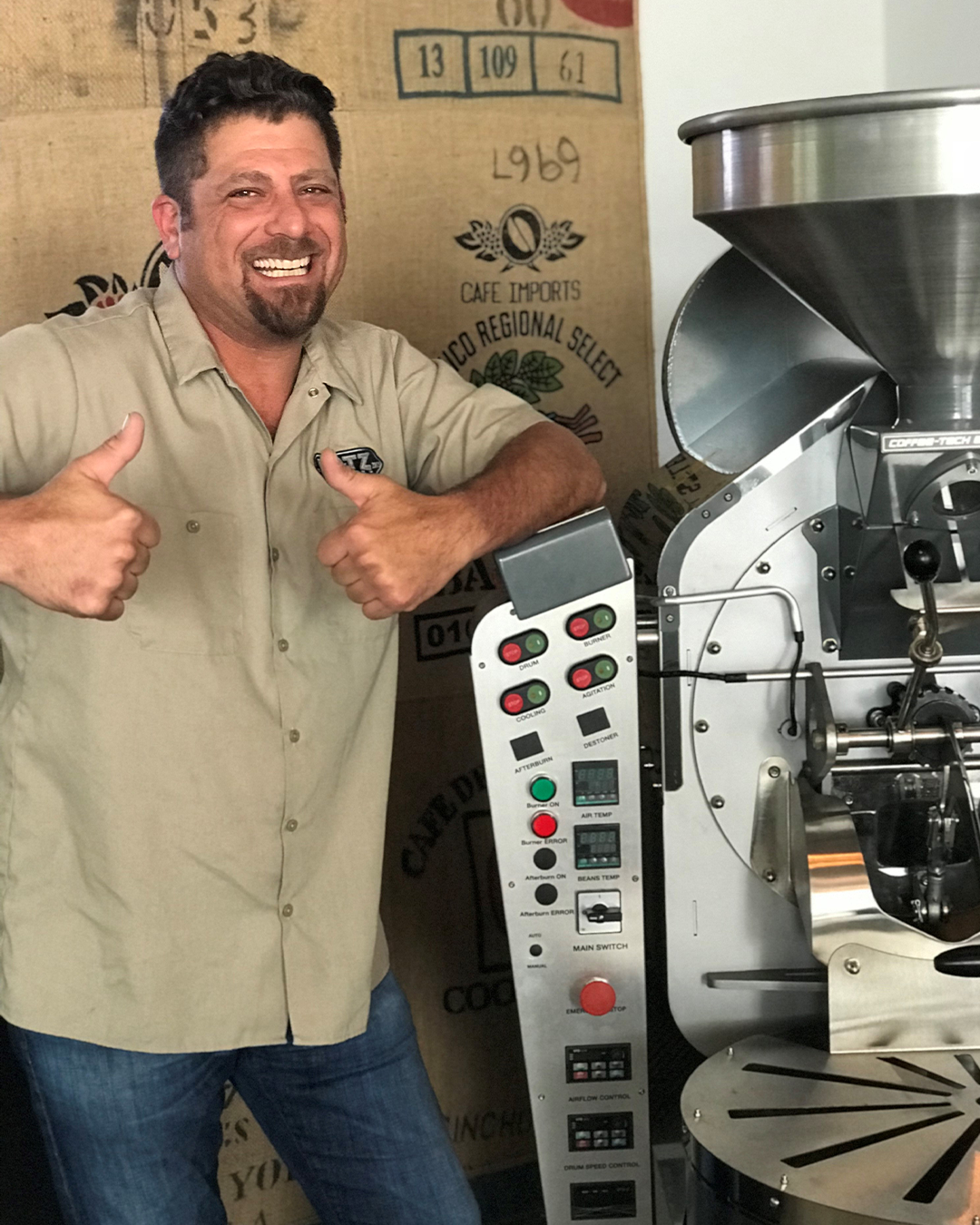When it comes to coffee, Texans take it seriously. That’s why it’s no surprise that one of the state’s most beloved flavors is the rich and nutty taste of Texas Hill Country pecan coffee. Here’s what you need to know about this delicious brew.
What is Texas Hill Country Pecan Coffee?
As the name suggests, Texas Hill Country pecan coffee is made by infusing coffee beans with the natural flavor of roasted pecans, a popular nut that grows abundantly in the region. The result is a coffee that has a distinctive nutty aroma and a smooth, slightly sweet taste.
Why is it So Popular?
Apart from its delicious taste, Texas Hill Country pecan coffee has gained popularity because of its unique regional flavor. The state of Texas is known for its pecan production, and the nut is often used in local cuisine, making it a natural choice to add to coffee.
How to Brew Texas Hill Country Pecan Coffee
If you want to experience the full flavor of Texas Hill Country pecan coffee, it’s best to use whole beans and grind them just before brewing. You can use a regular coffee maker, but a French press or a pour-over method is ideal for bringing out the coffee’s full-bodied flavor.
Where to Find Texas Hill Country Pecan Coffee
Many coffee roasters in Texas offer Texas Hill Country pecan coffee, and you can also find it online at Katz Coffee.
In Conclusion
If you’re a coffee lover looking for something unique, rich, and nutty, Texas Hill Country pecan coffee is definitely worth trying. With its distinctive taste and regional flavor, it’s no wonder that this coffee has become a beloved favorite of Texans and coffee aficionados alike.
